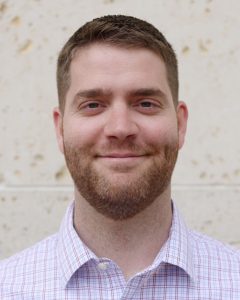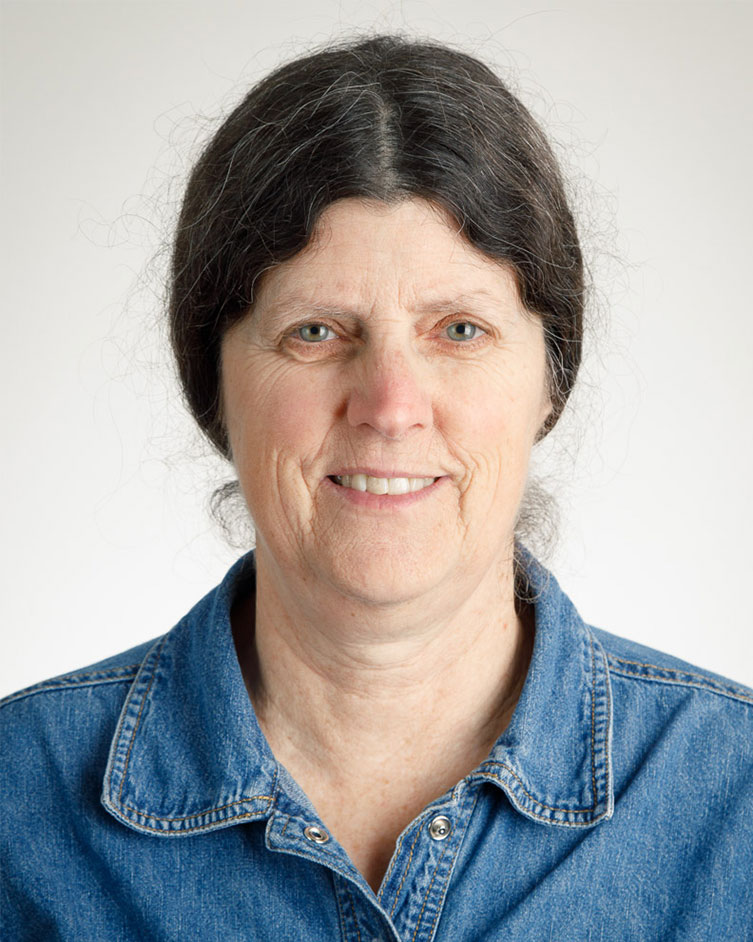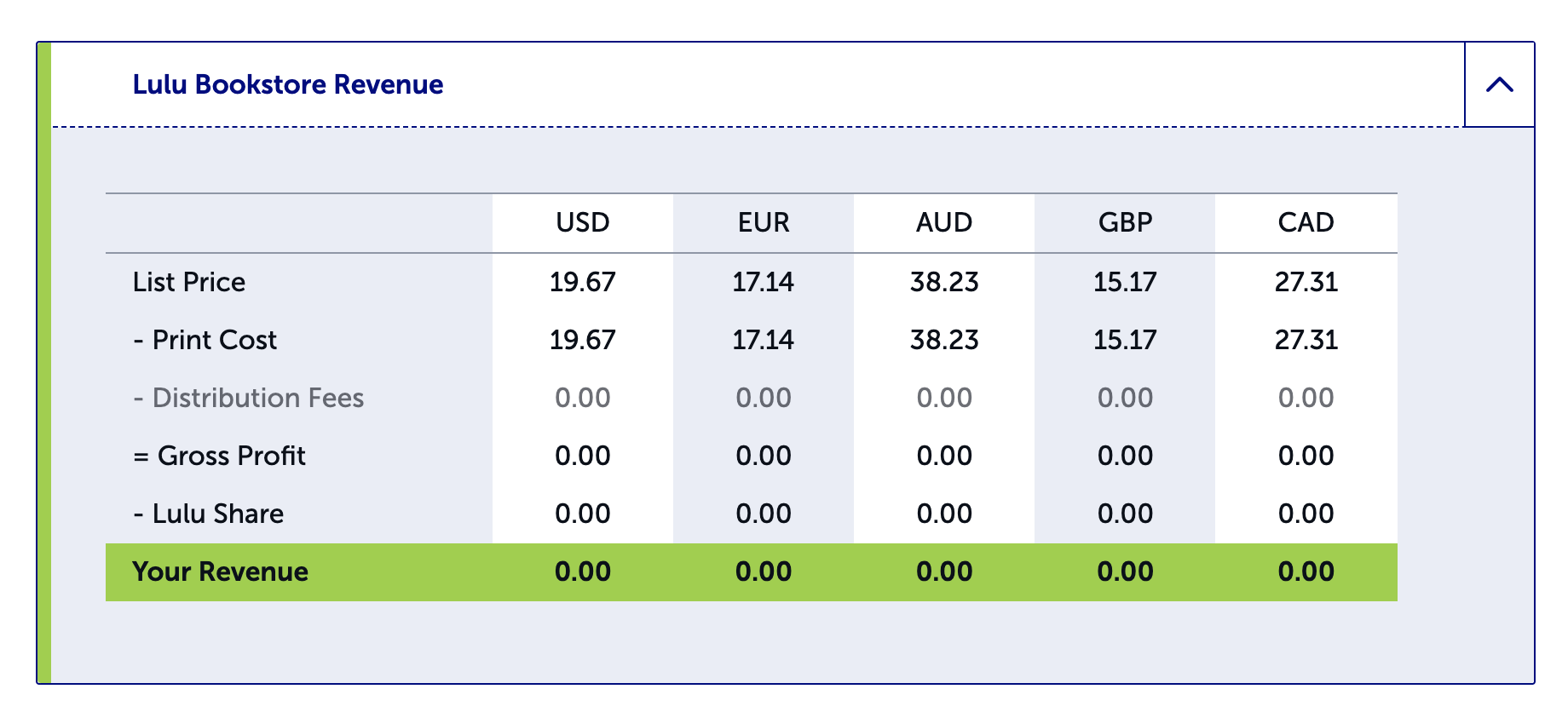Preface
The 2nd edition is now available! Click here.
About the Authors
Drs. Daniel Hauptvogel and Virginia Sisson are instructional faculty in the Department of Earth and Atmospheric Sciences at the University of Houston. We are a team that shares many responsibilities, including the oversight and training of our department’s ~64 graduate teaching assistants, directors of our Geoscience Learning Center where our teaching assistants hold their office hours and students come in for tutoring, coordinators for about 15 sections of physical geology lab per semester, and a few sections of historical geology lab per year.

I’m an Instructional Associate Professor and have been at UH since 2015. I currently teach GEOL 1303 Physical Geology and GEOL 1370 Natural Disasters. I was born and raised in New Jersey, where I attended Montclair State University for my B.S. and M.S. in geology and went to The Graduate School and University Center of the City University of New York for my Ph.D. I didn’t start as a geology major though, in fact, I didn’t declare geology as my major until my junior year. I sort of floundered around trying to figure out what I wanted to do, and my grades showed it. However, once I joined the geology program, I felt at home, and it has been smooth sailing ever since.
My graduate training in geology was in paleoclimate with a focus on sediment geochemistry, particularly in Antarctica. I began research on Antarctica as an undergraduate after my mineralogy professor suggested I get involved in undergraduate research. I continued to study Antarctica with different projects throughout my Master’s and Ph.D. Today, I find myself more interested in geoscience education and student success.
I credit my initial interest in geology to my grandfather, who lived in the Rocky Mountains of northwestern Montana near Glacier National Park. During my visits, we went to various mountains, lakes, parks, etc. The most memorable of which was Hidden Lake in Glacier National Park. I was too young to appreciate the views and the geologic significance of the area, but now I’m longing to return there.

I’m an Instructional Professor and have been at UH since 2008. My teaching includes GEOL 1303 Physical Geology, and I am the co-director of our summer field geology camp at the Yellowstone Bighorn Research Association camp near Red Lodge, Montana. In 1986, I moved to Houston after finishing my Ph.D. at Princeton University and an A.B. at Bryn Mawr College. At first, I did research and teaching at Rice University before moving across town to UH.
I love to do geology field research and have spent many summers in Alaska, British Columbia, Guatemala, and Venezuela. You might see some of these places in the lab exercises as well as other places that I’ve done field research such as Appalachians (Maine, New Jersey, and Pennsylvania) and Rocky Mountains (Montana, Wyoming, and Colorado), Grand Canyon, Myanmar, Malaysia, Norway, India, Costa Rica, Cascades (Washington), California, Utah, and Nevada. In fact, I started majoring in geology when I saw all the places that my physical geology teachers had traveled.
By trade, I’m a metamorphic petrologist (and sometimes igneous rocks as well) who uses tools such as geochronology, geochemistry, fluid inclusions, cathodoluminescence, remote sensing, UAVs (drones), structural geology, and tectonics. Some of my research has touched on global geochemical cycles and how exhumation may influence local climate. Most recently, I’ve focused on the geology of jade and associated rocks. This led to my Andy Warhol 5 minutes of fame when our rediscovery of Olmec blue jade made the front page of the NY Times.
Other Contributors
Many people contributed to the creation of this lab manual in the form of exercises, images, and editing, including several graduate students from the University of Houston.
Hannah Anderson – UH M.S. student
Carlos Andrade – UH Ph.D. student (Graduated 2021)
Joshua Flores – UH Ph.D. student
Melissa Hansen – Adjunct faculty at Montclair State University and Kean University
Rosalie Maddox – UH Professor
Carolina Ramon – UH Ph.D. student (Graduated 2020)
Ana Vielma – UH Ph.D. student
Who is Using this Lab Manual?
About this Lab Manual
The idea for this lab manual came from the lack of available texts and resources that we felt suited the needs of our teaching style and class. While there are plenty of options available, we felt that none were truly worth the cost to our students. Hence, we envisioned a completely customized lab manual that speaks to the nature of our teaching philosophy, giving our students a quality education and encouraging them to observe and think about the world around them. Our Earth has a complicated evolution that needs stories and observations for students to understand.
Through our own teaching experiences, we have found that students have difficulty making observations and interpreting them. Perhaps this results from the abundance of standardized tests students must take throughout their primary school career, but nonetheless, it is a problem that we have observed. Perhaps Carl Sagan said it best:
“My experience is, you go talk to kindergarten kids, or first-grade kids, you find a class full of science enthusiasts. And they ask deep questions! What is a dream? Why do we have toes? Why is the moon round? What is the birthday of the world? Why is grass green? These are profound, important questions. They just bubble right out of them! You go and talk to twelfth-grade students and there’s none of that. They’ve become leaden and incurious; something terrible has happened between kindergarten and twelfth grade and it’s not just puberty.” – Carl Sagan in an interview with Mary Hynes on Canada’s TVO, 1995.
Our goal in creating the material for this lab manual was to focus heavily on students making observations of geologic data, whether rocks, minerals, fossils, maps, graphs, and other things. We want students to look at things and wonder why, how, and when. The exercises and examples used in this book are scattered throughout the world. We wanted to make sure that one region of the world was not the sole focus of this work.
As you read the chapters, you’ll notice the tone of the text is very casual. This was important to us because many geology texts are dense and, at times, complicated to read because of the vocabulary. Complicated text is more than likely not going to be read by students. Therefore, we have tried to break down concepts and terms into simple explanations and discussions to better engage readers.
We were fortunate enough to have our University Library sponsor our participation in the Rebus Textbook Success Program, a year-long program on creating open-access materials. The experience is a must for anyone wanting to create quality open-access materials.
If you are a faculty member or teaching assistant using this lab book for the first time, please contact us for our guide to teaching and possible answers. Many of the answers are open-ended, with several possible interpretations of the same data. This is part of our philosophy that data is open to interpretation, and there might not be one correct answer. For students reading this, just try your best and discuss why you believe your interpretation may be right with your professor or TA.
Accessibility
We have designed this lab manual with accessibility in mind using W3C standards. All text has proper headings, text and background coloring meet the highest standards with a contrast ratio of at least 7:1, all images have descriptive alt text, and all hyperlinks open in the same window (you’ll need to right-click links to open them in a new tab or window). If you find any accessibility errors or have suggestions to improve accessibility, please contact Daniel Hauptvogel at dwhauptvogel@uh.edu.
Copyright
This manual carries a CC BY-NC-SA license, which means you are free to use and adapt this material as needed provided you give appropriate credit, share it under the same copyright terms, and use it for non-commercial purposes. Most images used in this lab manual are open-access and have some variation of a CC license indicated in their captions. Some images have been used with permission from the original creator, also stated in the captions. For any images and maps that we have created, we can provide the original Adobe Illustrator files and GMT 5.4.5 coding (for most maps) upon request. Please contact Daniel Hauptvogel at dwhauptvogel@uh.edu. It is a violation of our creative commons license to upload any of this material to tutoring sites such as Chegg or Quizlet. Please respect our efforts to create open access material and do not upload material or answers.
For your convenience, we have uploaded a printable file to Lulu Press that you can order. We do not collect revenue on printed copies ordered from Lulu Press, thus keeping the non-commercial aspect of this work. The cost is what Lulu charges to print the materials. Paying for or charging money for printing CC BY-NC materials does not violate the copyright license. The Second Circuit resolved this issue in 2018 in its decision in Great Minds v. FedEx Office & Print Services, Inc., No. 17-808, holding that there was no violation of a non-commercial license when a for-profit printer was paid to print material for a school district’s classroom (non-commercial) use. It was determined the printer (FedEx) was acting as an agent of the licensee (the school district) to print the material for school use and was not engaging in its own commercial use.

Cover Image Credits
Grand Canyon – National Park Service – Public Domain
Siccar Point – Dave Souza – CC BY-SA
Zion National Park – Dr. Igor Smolyar, NOAA/NESDIS/NODC – CC BY
Plant, Fish, Trilobites, and Ammonite Fossil Images – James St. John – CC BY
Partial Geologic Map – USGS – Public Domain

